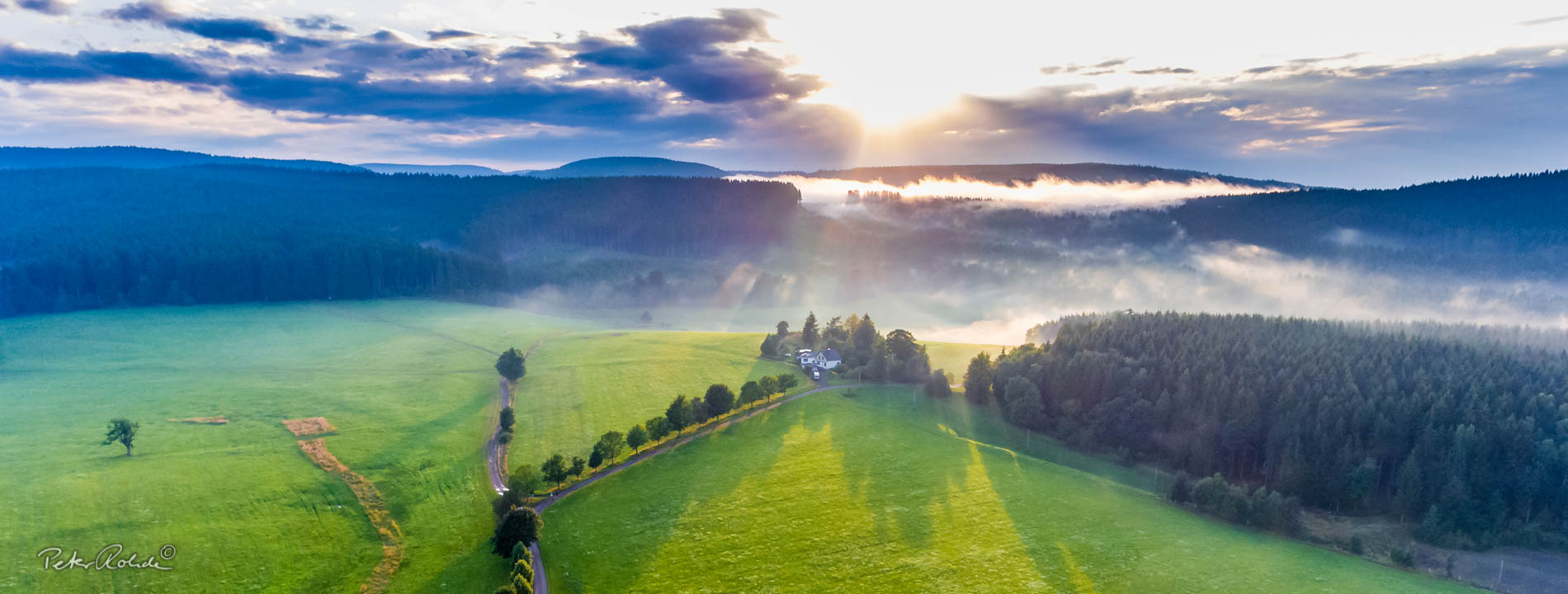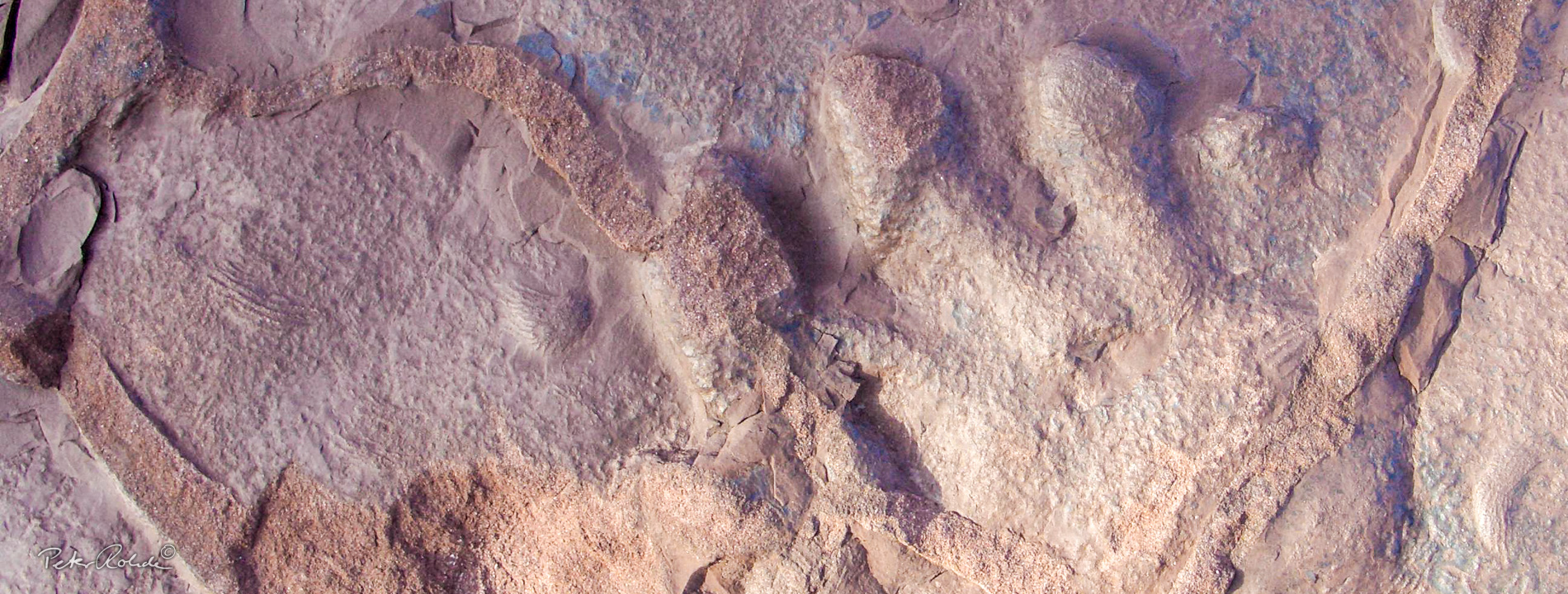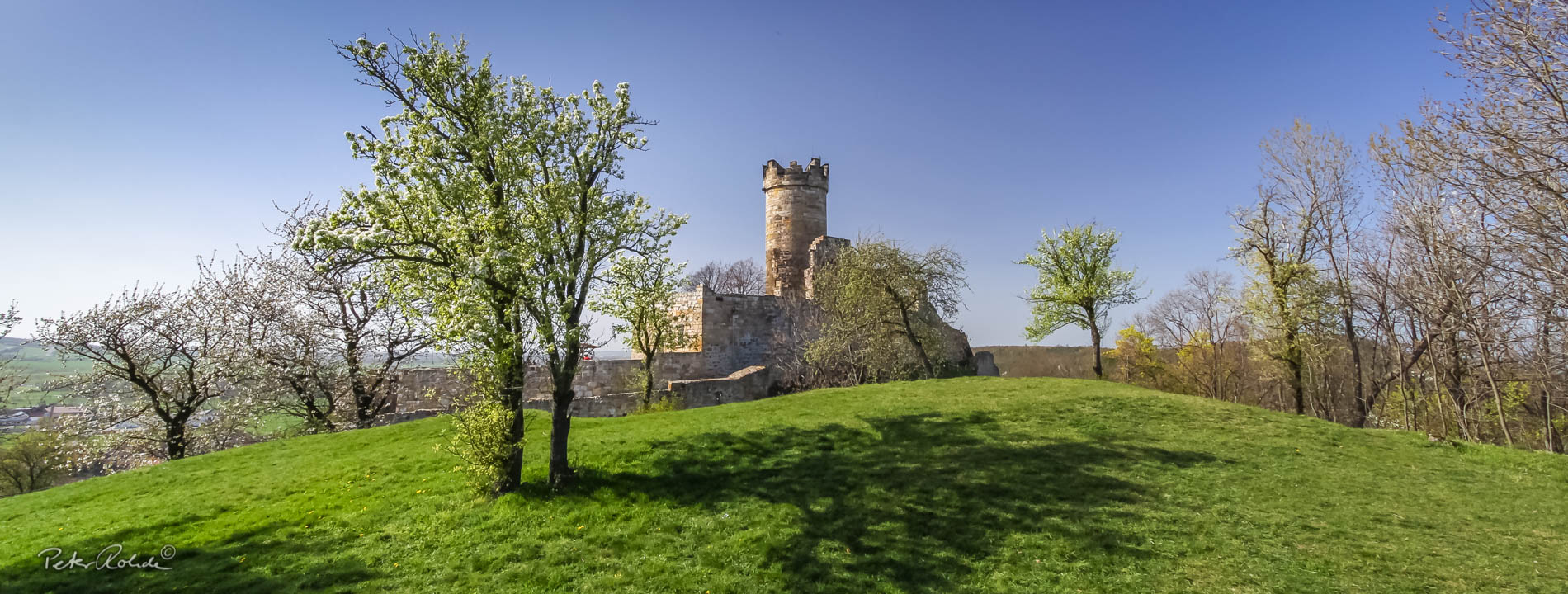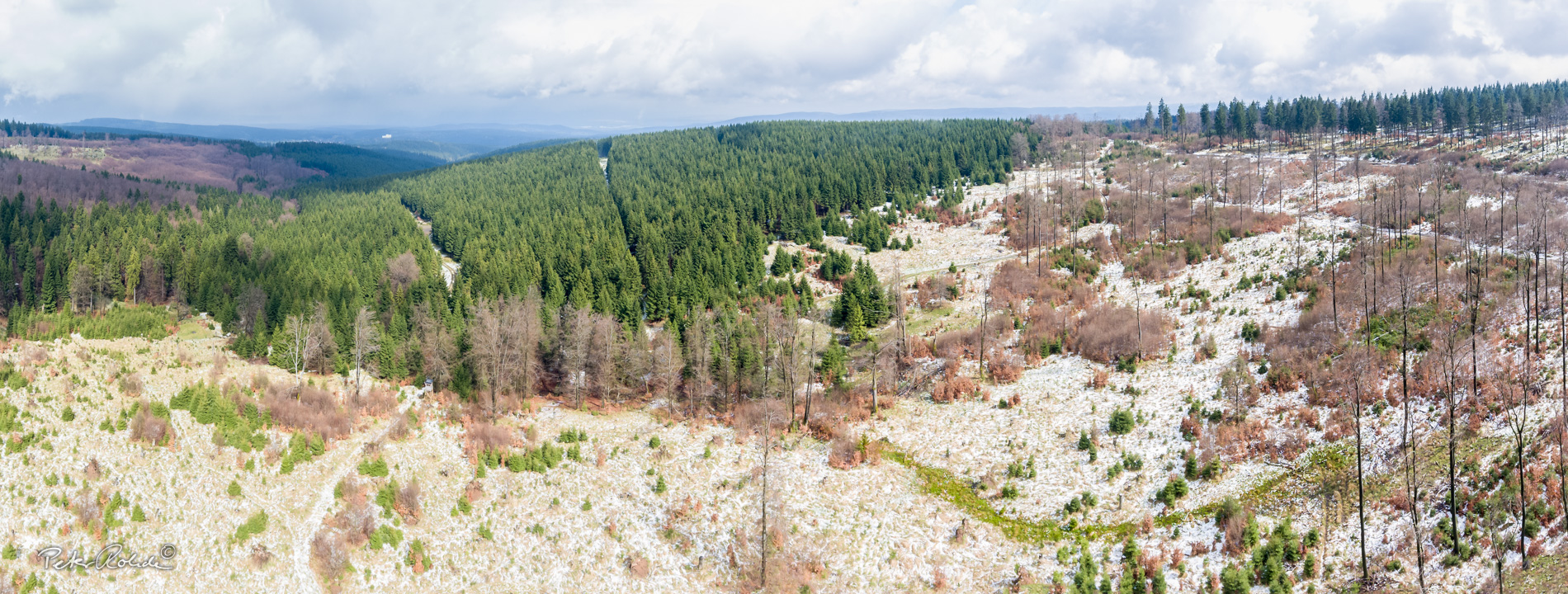

















Amazing
The motto of the National GeoPark Thuringia Inselsberg – Drei Gleichen is "Exploring Pangaea". Within its limits lies a unique feature of global scientific importance: the fossil site "Bromacker“ near Georgenthal and Tambach-Dietharz in the Thuringian Forest. The findings from here distinguish the geopark as the "cradle of Saurians".
The name refers to two important landmarks in the geopark. The first is an ensemble of three medieval castles in the Thuringian Basin called the "Drei Gleichen“. The second landmark is the "Grosser Inselsberg“, the most distinctive mountain in the Thuringian Forest.
The “Drei Gleichen” are all within sight of each other and were built on the colourful rocks of the Upper Triassic. The distances between the castles are 1.4 km, 3.3 km and 3.6 km. The rocks form the impressive badlands found beneath the castles.
The castles were not built at the same time, do not look the same nor did they ever share the same landlord. The name “Drei Gleichen” ("three identicals") presumably describes the close proximity of the three castles and that each was built on a hill of similar shape and height. Already in 1713 Gregorius J. G. MELISSANTES wrote:
“These three castles form a triangle […] on three hills of similar height,
which is why they are known as the Identicals (Gleichen)“
However the legend tells a much more exciting story about the origin of the name. In a stormy night in May 1231 all three castles were simultaneously set alight by lightning strike. The legend is not based on historic facts. In 2003, 2011 and 2014 a spectacular firework show, the so-called "Dreinschlag" was performed in memory of the legend.
Mühlburg Castle and the village Mühlberg at the foot of the castle were first historically recorded on May 1, 704 AD in a deed of donation from the Thuringian duke HEDAN II to the bishop WILLIBRORD. This is the oldest document in Thuringia, which mentions a castle and the accompanying settlement.
The “Grosser Inselsberg”
The “Grosser Inselsberg” (916.5 m above sea-level) is the highest mountain of the western Thuringian Forest and is by far the best vantage point in the Federal State of Thuringia. More than 200,000 visitors a year come to enjoy the unique all round view.
The spectacular view from the Grosser Inselsberg encompasses the whole of the geopark and beyond. On a clear day you can see the summits of the “Hohe Hagen” (480 m above sea-level), some 84 km northwest in Hessen and the highest peak of the Harz Mountains, the “Brocken” (1141 m above sea-level), which lies 106 km north in Sachsen-Anhalt.
The famous mathematician and co-founder of modern surveying CARL FRIEDRICH GAUSS (1777-1855) used these circumstances to measure the largest geodetic triangle of his time. The so-called "Large Triangle” Brocken – Hoher Hagen – Grosser Inselsberg (abbr.: △ BHI) was a ground-breaking work of precise measurement and a milestone in the development of modern surveying.
Like other peaks of the Thuringian Forest, the “Grosse Inselsberg” consists of Lower Permian rhyolites. This rock is more resistant to weathering than the surrounding Lower Permian sediments and older metamorphic rocks.
The Inselsberg is first mentioned (as “Enzenberc”) in the famous middle high German poem “Der Sängerkrieg auf der Wartburg“, which was written around 1250. Interestingly, the author also refers to "fire and ash" in the context of the Inselsberg – a fitting statement for a mountain that consists of volcanic rock.
In the aforementioned verse of the poem (Verse CXIII of the numbering by L. ETTMÜLLER 1830), the devil is smouldering with rage and frustration about Wolferam (the figure is based on the famous medieval poet WOLFRAM VON ESCHENBACH), who plays tricks with him.
"Why did you call me, o Wolferam?
Do you not see how I am burning with rage?
If I touched the Enzenberc in this furious state,
it would surely burn to ashes at once."
The correct spelling “Inselberg” or “Inselsberg” is the subject of an long-standing debate. We have decided to keep to the spelling with an "s" as was proposed by JOHANN WOLFGANG VON GOETHE and that is included in the official German dictionary (Duden).

